Click here and press the right key for the next slide (or swipe left)
also ...
Press the left key to go backwards (or swipe right)
Press n to toggle whether notes are shown (or add '?notes' to the url before the #)
Press m or double tap to slide thumbnails (menu)
Press ? at any time to show the keyboard shortcuts
Signature Limits (Part I)
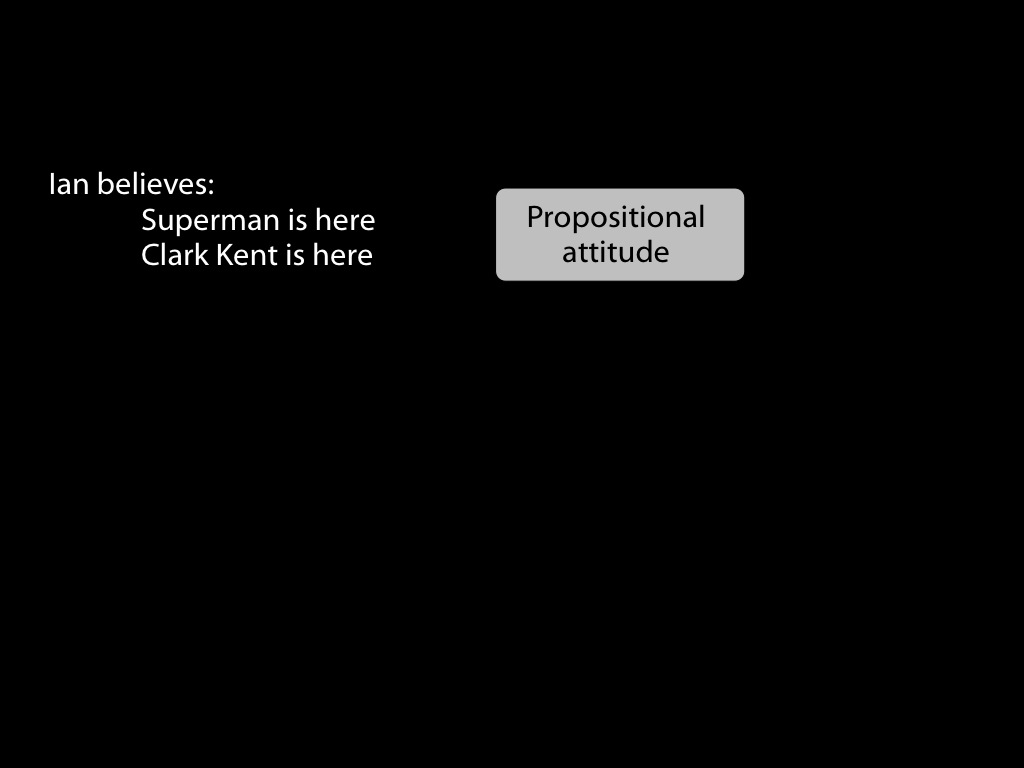
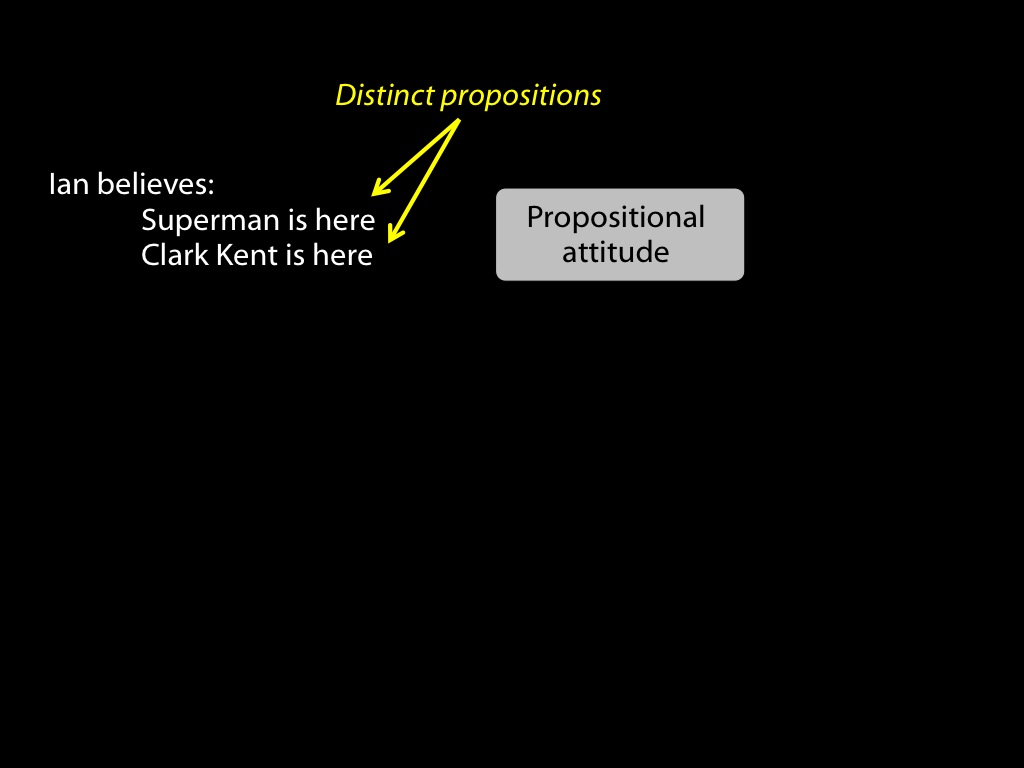
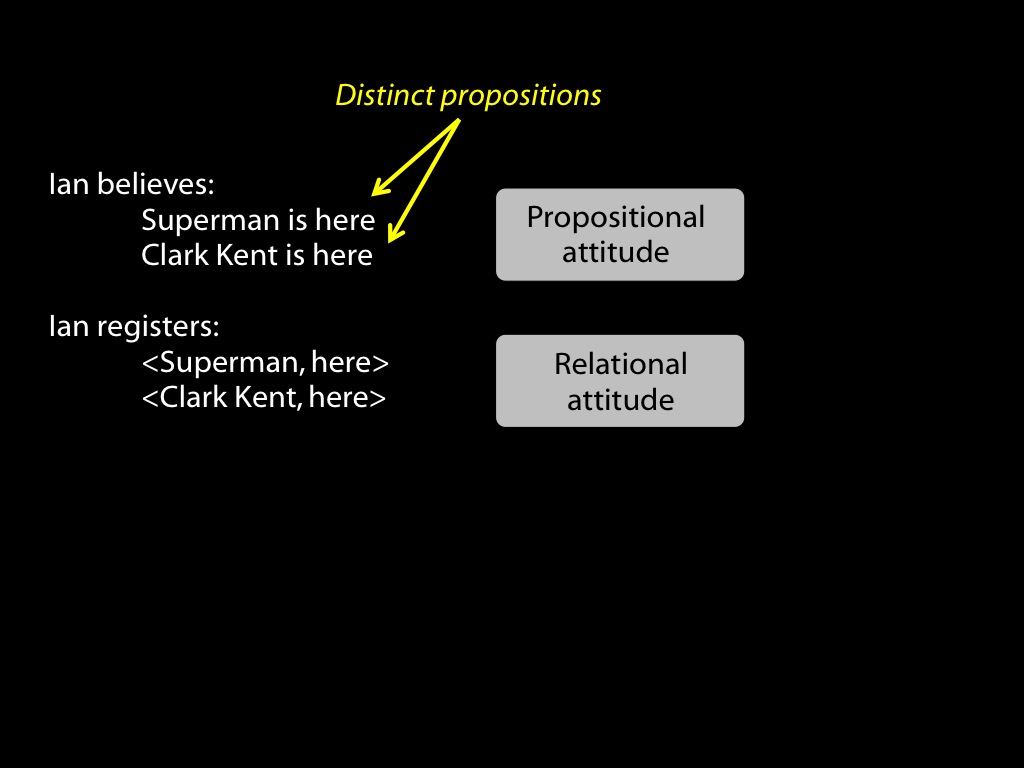
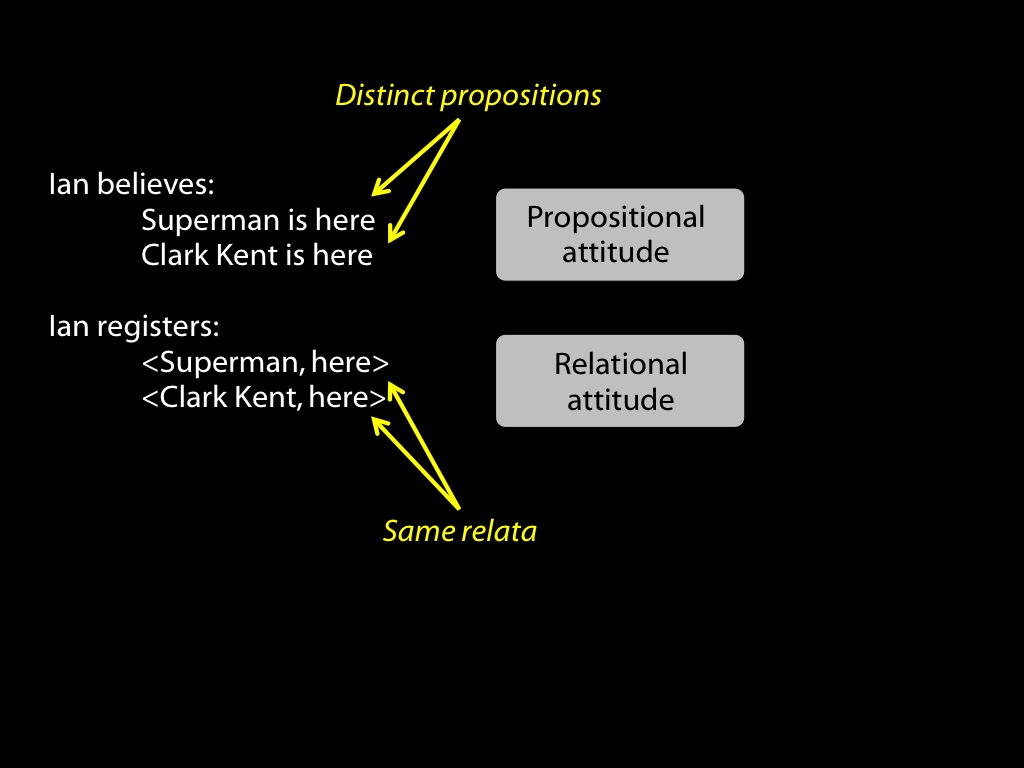
signature limits generate predictions
Hypothesis:
Some belief-tracking in chimpanzees (say) relies on minimal models of the mental.
Hypothesis:
Human infants’ belief-tracking abilities rely on minimal models of the mental.
Prediction:
Some chimpanzee belief-tracking is subject to the signature limits of minimal models.
Prediction:
Infants’ belief-tracking is subject to the signature limits of minimal models.
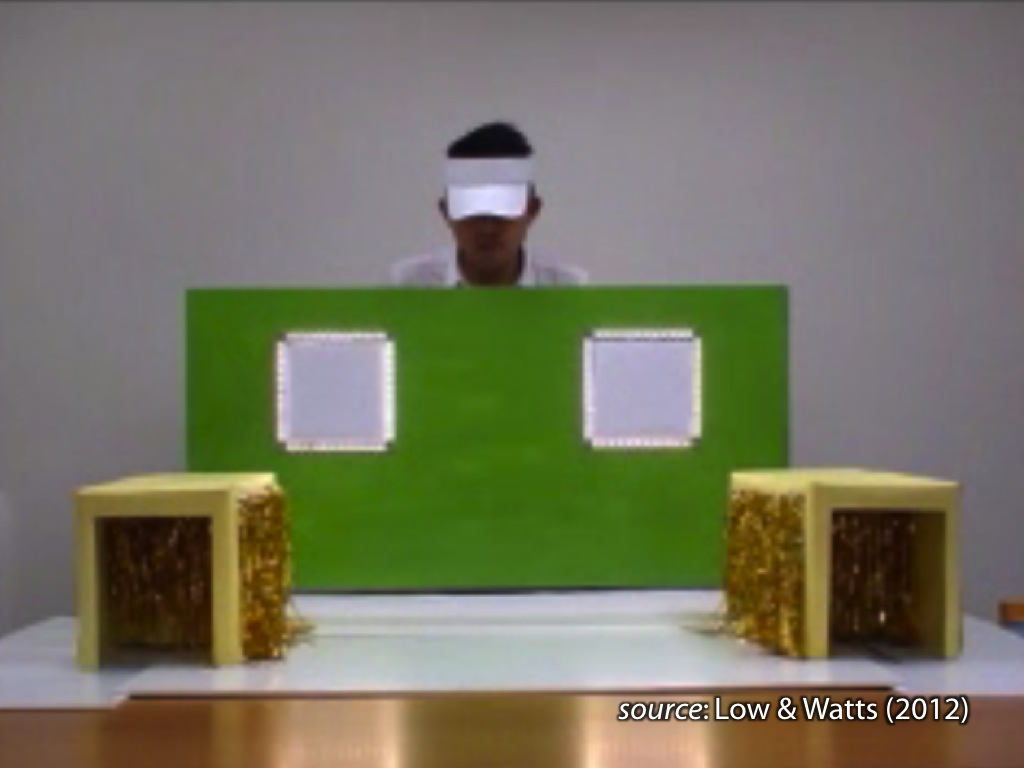
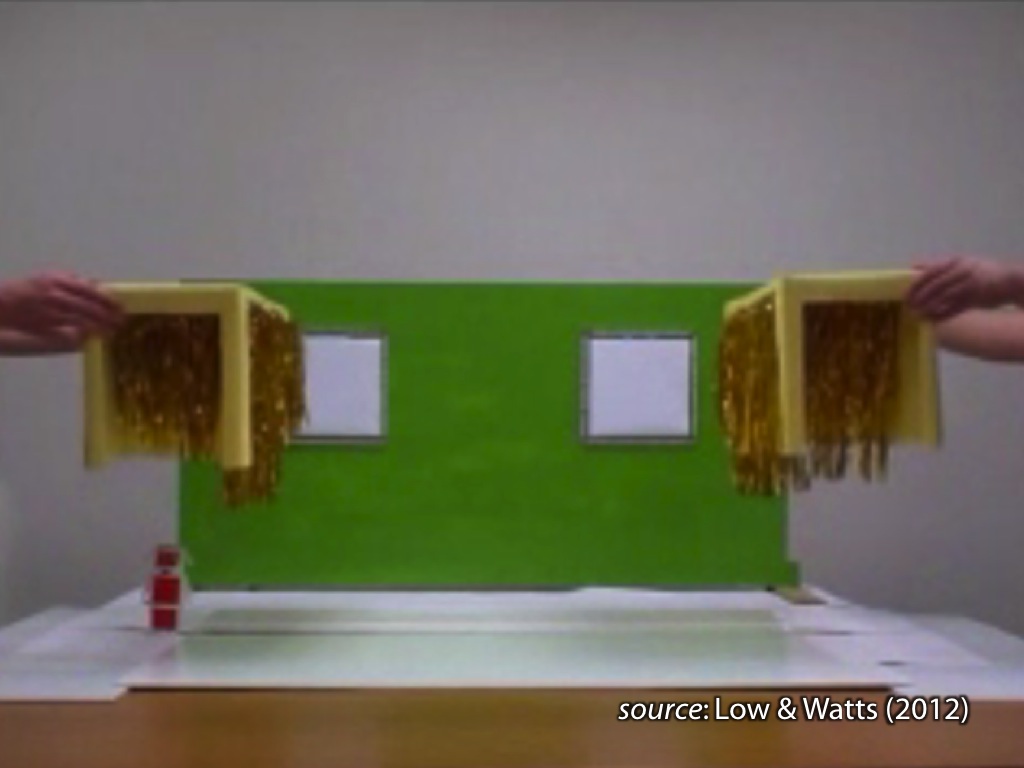
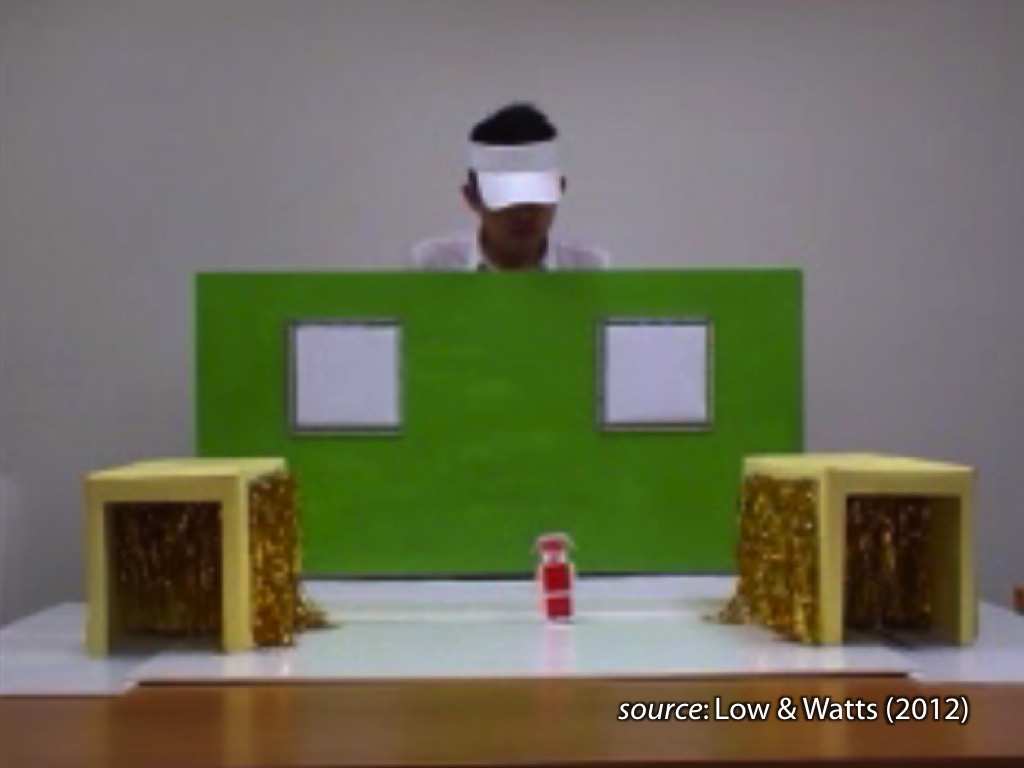
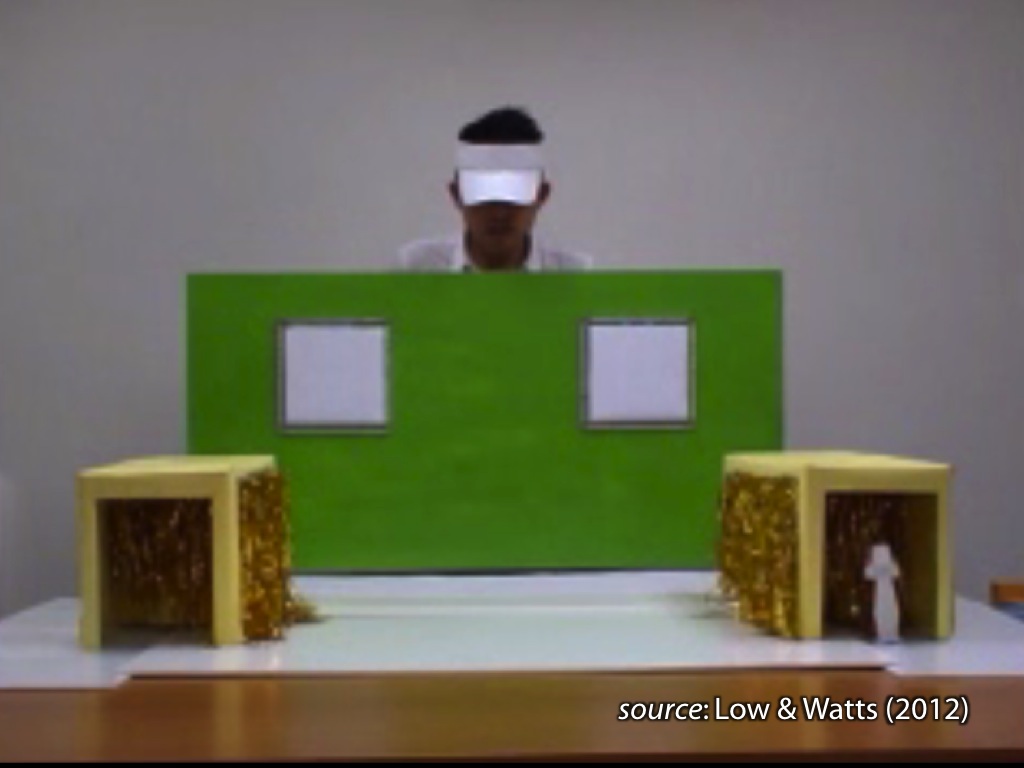
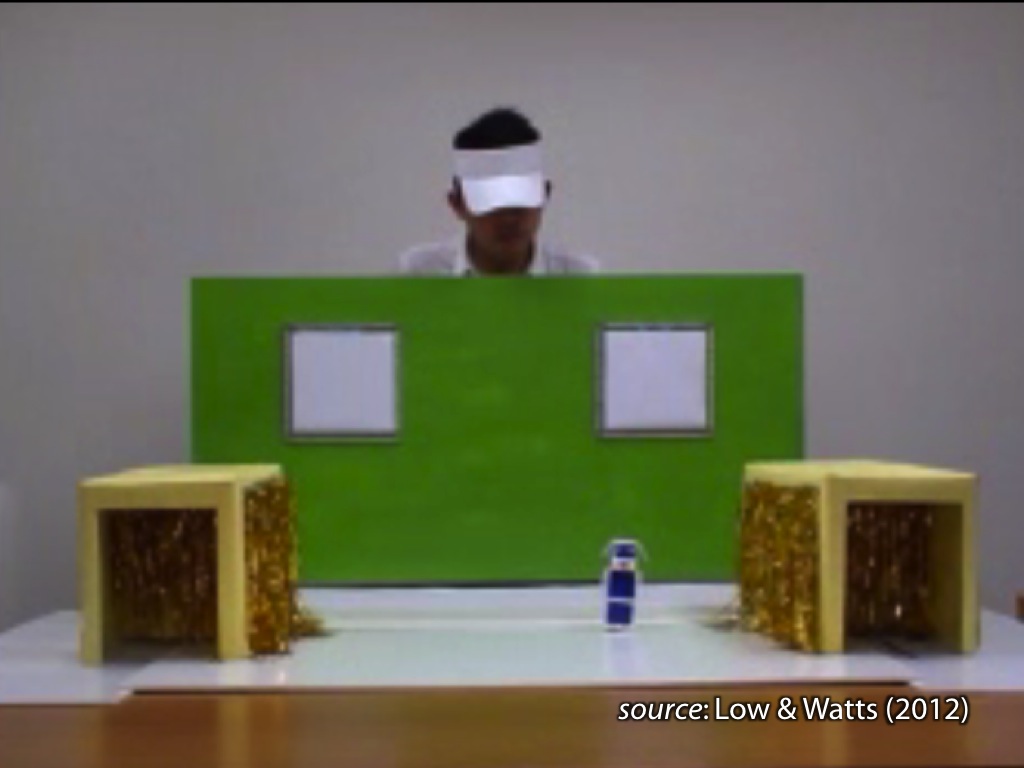
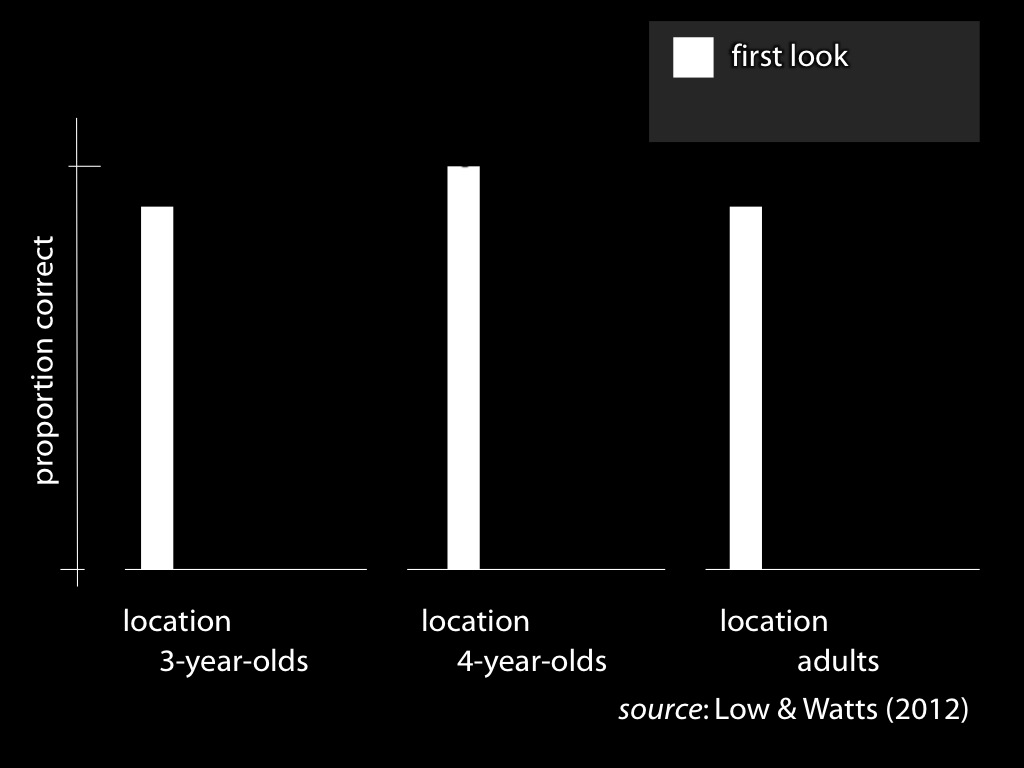
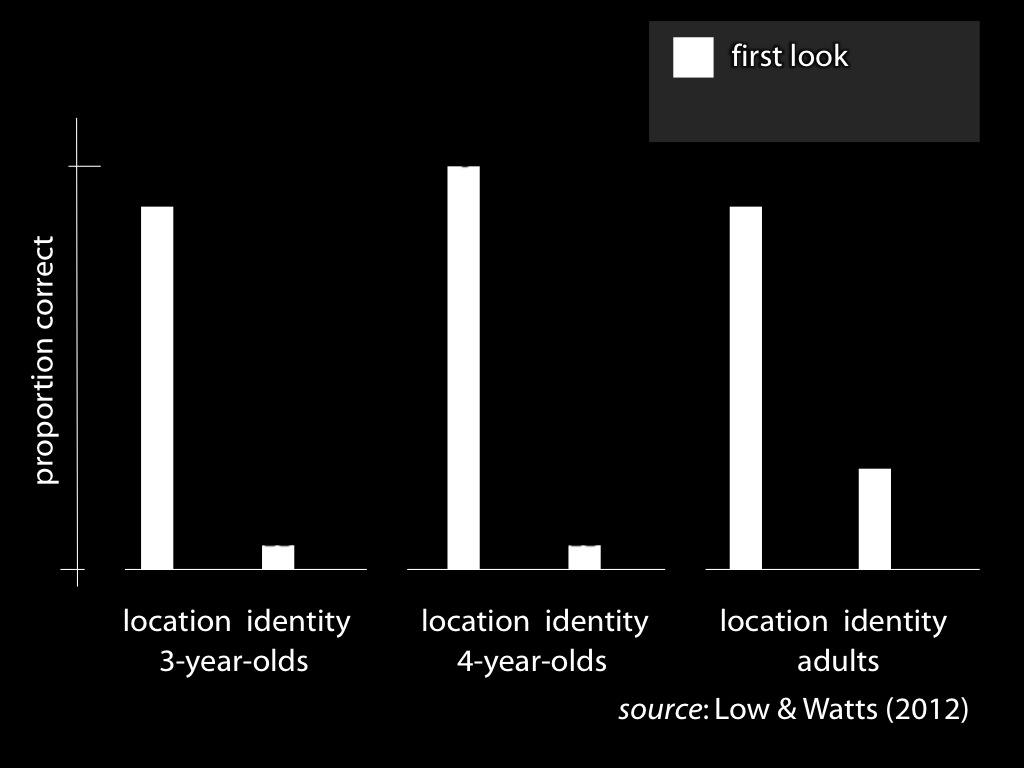
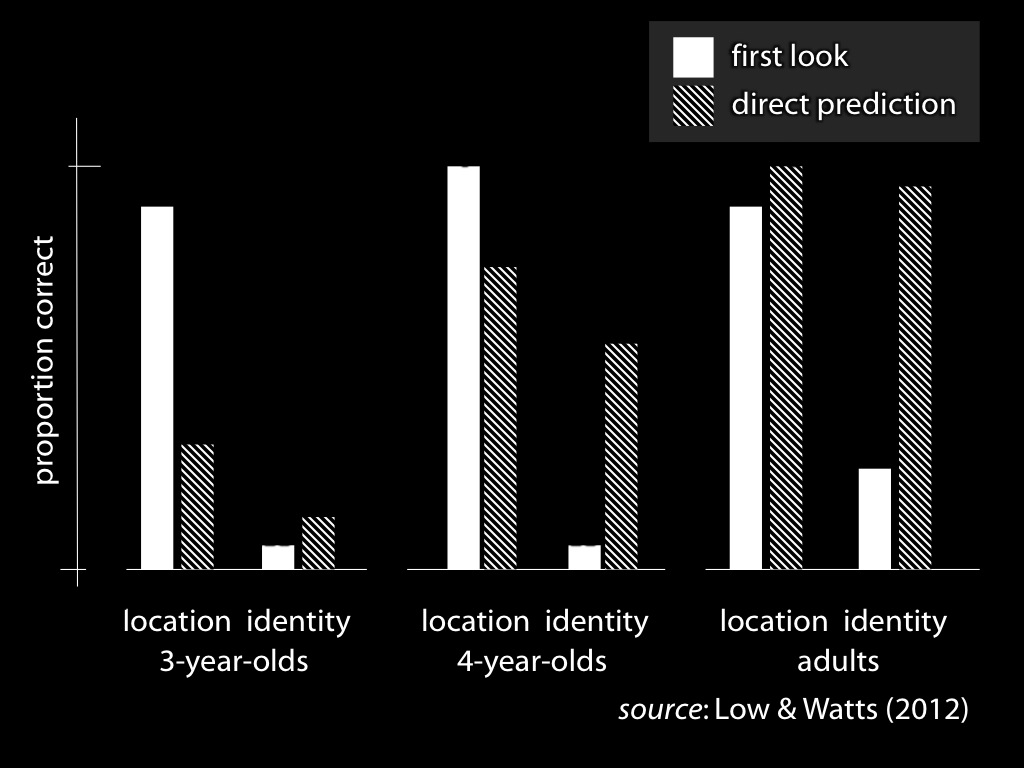
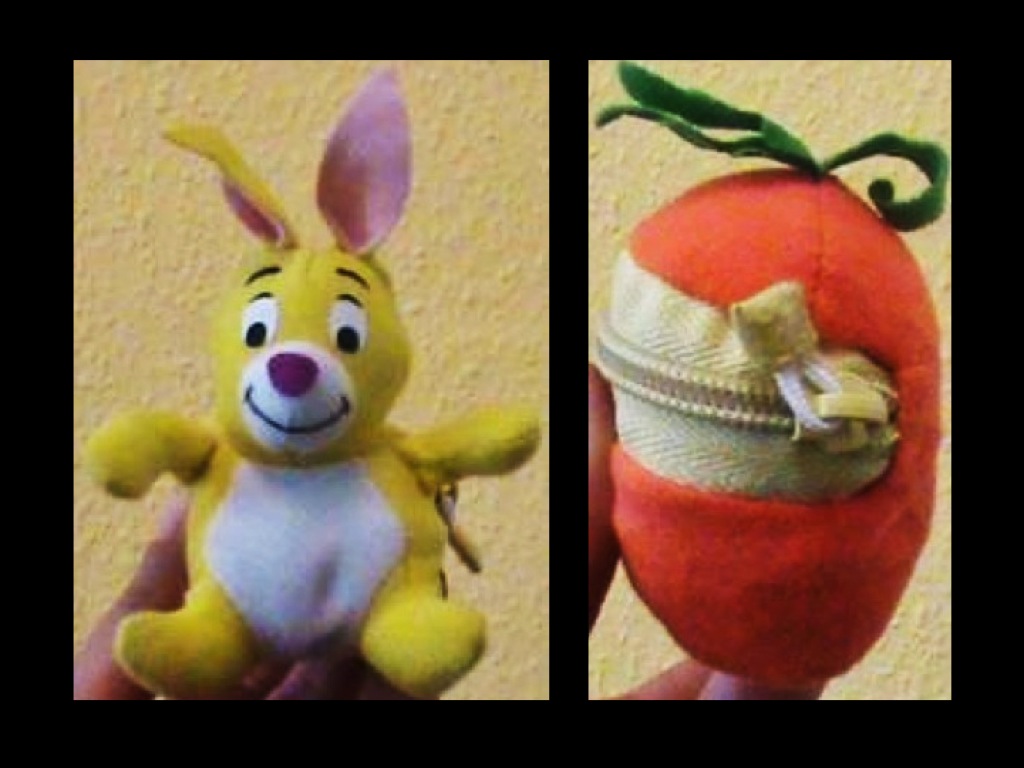
signature limits generate predictions
Hypothesis:
Some belief-tracking in chimpanzees (say) relies on minimal models of the mental.
Hypothesis:
Human infants’ belief-tracking abilities rely on minimal models of the mental.
Prediction:
Some chimpanzee belief-tracking is subject to the signature limits of minimal models.
Prediction:
Infants’ belief-tracking is subject to the signature limits of minimal models.
reidentifying systems:
same signature limit -> same system